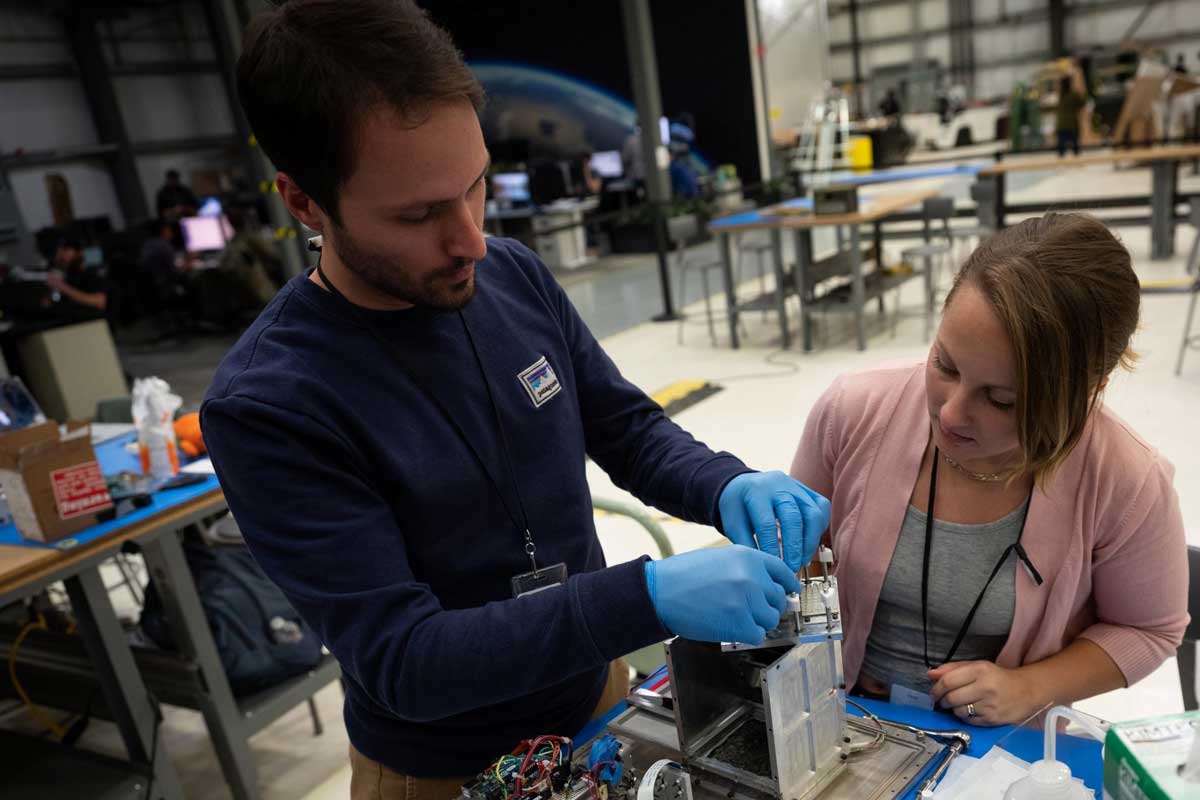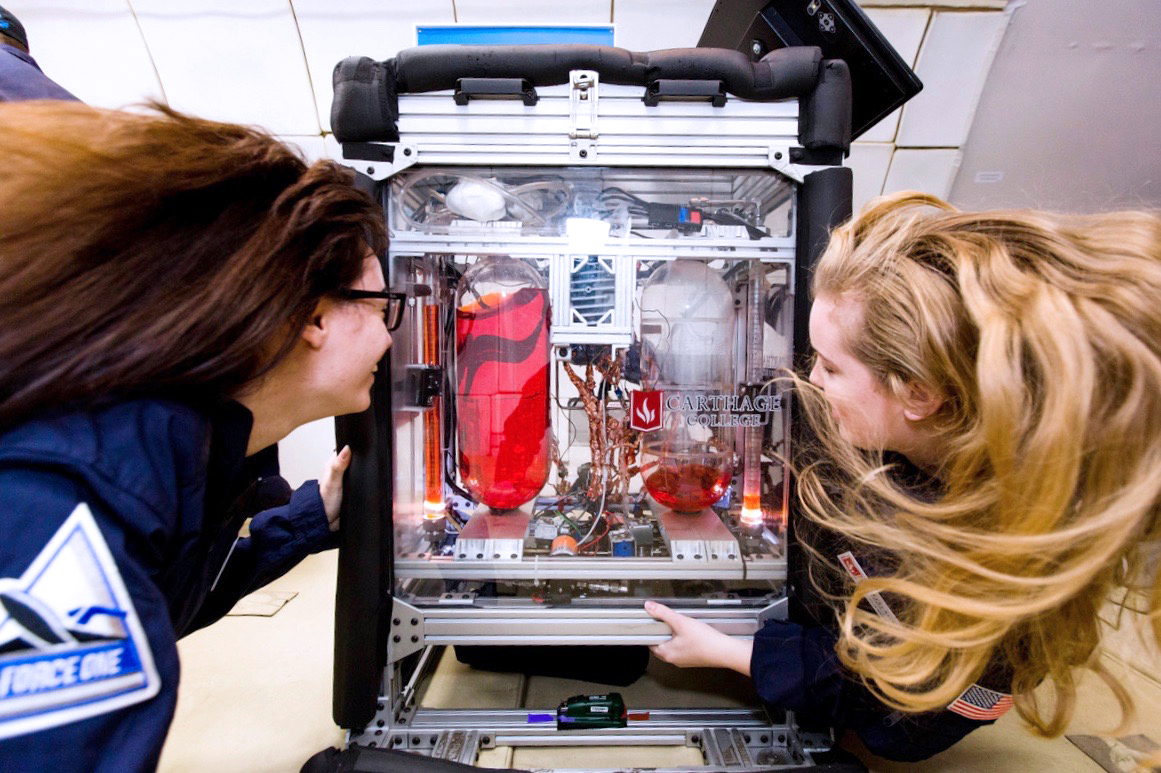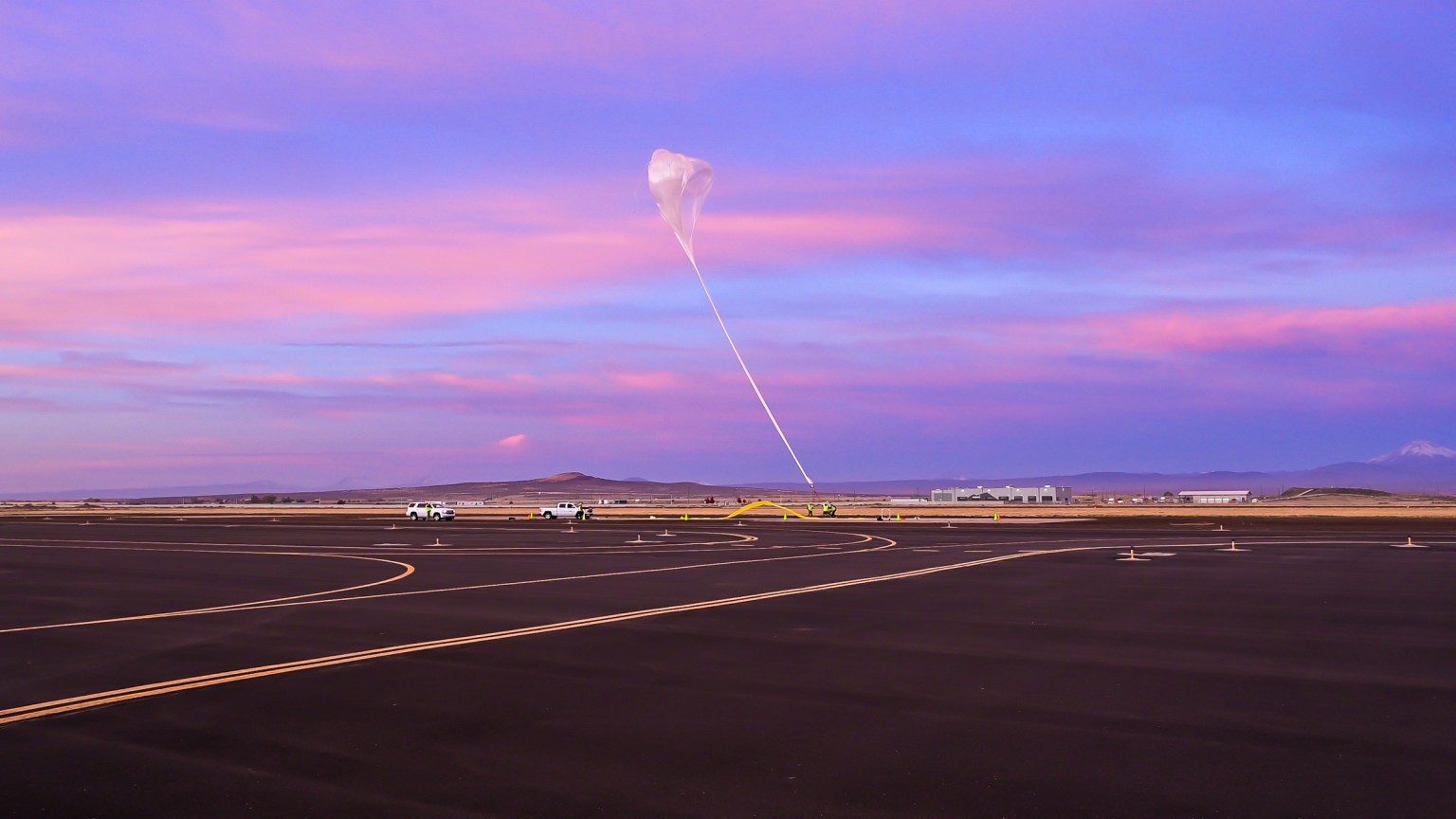Flight Opportunities
Lessons Learned Library
Best Practices for Payload Design
In addition to the tips provided for the payload-development stage of the process, keep the following guidance in mind when designing your payload. In some cases, a link is provided where you can hear more about the suggestion from the relevant Community of Practice webinar.
Explore the Community of Practice webinars about Best Practices for Payload Design
Integrating with the Flight Vehicle
Use the guidelines from your flight provider
Each flight provider has their own information about how to integrate your technology with their vehicle. For example, your flight provider may provide an interface control document (ICD) that includes information about mechanical, electrical, and data interfaces. When extensive software is involved, there may be a separate software interface document. Be sure to follow your flight provider’s guidance and reach out to them with any questions.
Discuss payload design
Bring your colleagues (and engineering review team if you have one) into the design conversation early to allow plenty of time to accommodate their input.
Employ smart payload design
Incorporate independent or backup subsystems to avoid multi-point or chain-reaction failures.
Remember modularity is key
Employ a modular design approach with your payload hardware to enable replacement of critical parts or removal of non-critical parts if needed.
Focus on ease of access
Ensure hardware is easily accessible during and after installation on the flight vehicle while also meeting the flight provider’s mechanical design requirements.
Fit-check everything beforehand
If possible, send a 3D printed model of your payload or critical payload mechanical interfaces to the flight provider to confirm fit.
Avoid payload changes after flight system integration and testing (I&T)
All payload configurations are considered “locked” after combined system/EMI testing with the other payloads manifested on your flight. Engage with your flight provider to discuss any post-I&T changes, but only after you have considered ways to avoid reconfiguration, as it is best to fly as you have tested. Any last-minute changes to hardware, software, or experiment procedures will require a thorough and rigorous calibration and operational checkout prior to flight.
Designing for Flight
Consider the flight environment
Consider adding structures to stabilize the payload (e.g., to avoid vibrations) and to address the risk of floating during microgravity flights (e.g., provide handholds, secure parts).
Consider power needs
If you will be providing your own payload power, evaluate the payload’s power consumption and select a suitable-sized battery with enough capacity to withstand significant launch delays. Consider the operational time, battery shut off, and any battery charge time as well as whether a hot swap will be needed.
Keep EMI and EMC in mind
Implement radio frequency (RF) shielding techniques, proper ground planes, and build-up stages to aid electromagnetic interference (EMI) prevention and ensure electromagnetic compatibility (EMC).
Ensure your payload is ruggedized
Inspect all electrical connections and solder joints. Replace any faulty components.
































